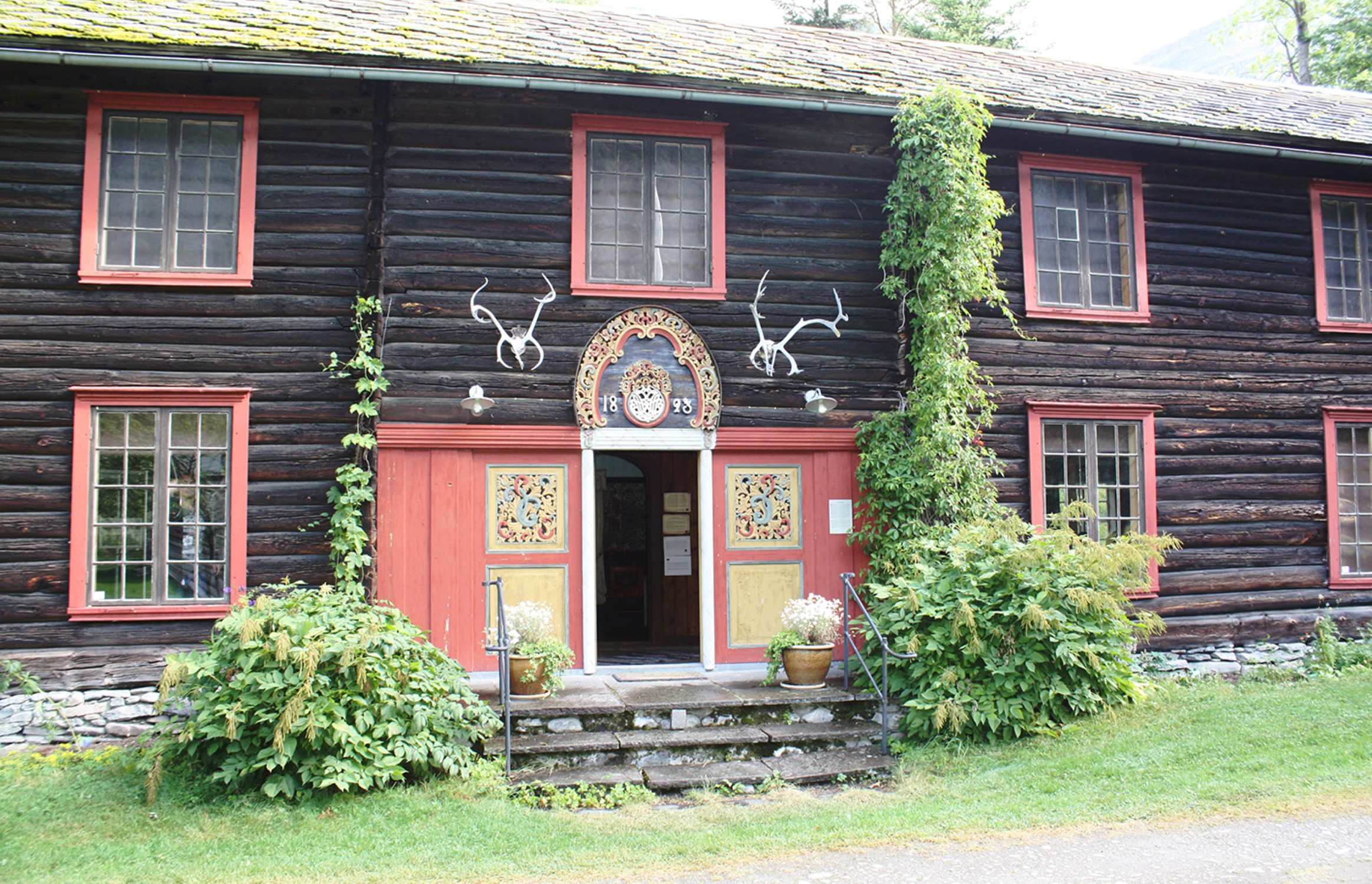Sunndal village museum
Experience Sunndals history at Leikvin, a beutiful place localised between two of the worlds largest waterfalls.

Åpningstider
Priser
Adults: 50 NOK
Children over 10 years old: 10 NOK
Groups:
10–19 people: 40 NOK per person
20+ people: 30 NOK per person
Her finner du oss
Sunndal bygdemuseum
Leikvinvegen 21
6612 Grøa
Phone: +47 97 47 19 42
Contact:
jarle@nordmorsmusea.no
Sunndal village museum
Sunndal village museum is part of Leikvin cultural heritage park. The main exhibition at Leikvin tells the story about the British salmon lords that came to Nordmøre between 1850 and 1950, and especially the story about Lady Arbuthnotts life in the valley. We also show other parts of Sunndals history through separate exhibitions about hunting and trapping. The museum is an open-air museum with several buildings from different time periods, where some of them have autentic interiors, while others contain indoor exhibitions.
Leikvin cultural heritage park
Between two of the worlds longest waterfalls, you find Leikvin culture heritage park. The park is open all year, and in the summer months you can book a tour around the museum and in the burial ground. Here you'll find the Phillipsgarden, a British landscape garden from the 1890s. The burial ground at Løykja, one of Norway's largest burial grounds from the Iron Age, and the cemetery at Løykja is also part of the cultural heritage park.
The burial ground at Løykja
There are over 200 graves at the burial ground at Løykja. Using geophysical methods we have found even more graves beneath the nearby fields. This is why the burial ground at Løykja is believed to be the largest in the country. The oldest graves that have been excavated so far, shows us that the graves nearest the river dates back to around 300 BC. But artefacts found in the fields nearby indicate that the first graves may have been built as early as pre-Roman Iron Age (500–1. BC). The earliest graves are from the 900s, when Christianity became more prominent and replaced the old burial customs.

Phillipsgarden
Many Brits built cabins or bought houses or farms so they could come back year after year to fish salmon. The one who invested the most in these villages was Ethelbert Lort Phillips. He was a known businessman and quickly realised the value in tourism. His idea was to offer a more comprehensive experience where everything was included. In the mid 1890s, Etelbert Lort-Phillips rented land from Pretyman at Elverhøy. Here he built Hvilestedet and planted a garden with oak, rhododendron and other plants.

